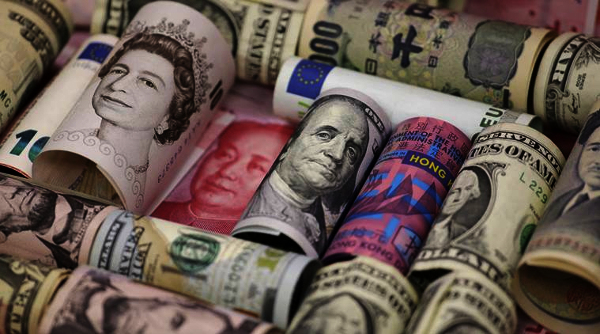The ownership of foreign institutional has reached an eight-quarter high of 20.93 per cent by the end of September for 414 firms in the BSE 500 index, that consist of at least 90 per cent of India’s market capitalization.
According to the data provided by Capitaline, this is higher than the 20.81 per cent stake held by foreign institutional investors (FIIs) in these companies in the June quarter and the 20.50 per cent in the September quarter last year.
Irrespective of the massive sell-off of domestic equities by the investors, FII ownership holdings increased in the three-month period. The overall stock markets were down in the September quarter, which possibly describes why FII holdings increased even though there was an outflow in Indian equities, according to Mr. Himanshu Srivastava, senior analyst and manager research, Morningstar Investment Adviser India.
In the three months ended September, FIIs sold Indian shares worth US$ 3.17 billion, while the benchmark indices Sensex and Nifty were down 2-3 per cent in the same period.
“Uncertainty, hope, and despair, the three moods of investors, were effectively captured by the Indian equity markets through the quarter ended September 2019. The premise for the markets at the start of the quarter was not encouraging. In fact, the signs of stress were visible towards the end of the previous quarter (ended June 2019), with initial euphoria around the election results subsiding and focus shifting to fundamental drivers. By the end of June, markets started to lose steam on the back of growing concerns over domestic macro conditions and the pressing global environment,” said Mr. Srivastava.
The main hurdle for FIIs was the introduction of an extra surcharge on foreign portfolio investors in the budget, that led to a massive sell-off in Indian equities. Though, the government turned back the surcharge in the latter part of September and announced a slew of stimulus measures, including the reduction of corporate taxes.
The factors that came in concern of FII’s were subpar monsoon in key areas, a weak earning season, slowing domestic growth and weakness in the rupee in July-September, Mr. Srivastava said. The rupee declined by 2.60 per cent against the dollar during the same period. FII holdings grew mostly in banks and financials, and media and entertainment sectors in the September quarter.
Meanwhile, domestic institutions continued to invest money into Indian shares. The data showed that holdings of domestic mutual funds and insurance companies in the 414 companies of the BSE 500 rose to their highest level in at least 25 quarters.
Domestic institutions held a 13.25 per cent stake in the BSE 500 index at the end of September, which was an increase from 12.64 per cent at the end of June and 11.99 per cent a year ago. The September quarter recorded Rs 53,818.92 crore (US$ 7.70 billion) of net domestic institutional investments in local stocks.
The participation from retail was also high in September. The total amount collected through systematic investment plans (SIPs), that allow people to invest a fixed amount in a mutual fund scheme periodically at fixed intervals, stood at Rs 8,262.94 crore (US$ 1.18 billion) for the month alone.
Source: IBEF
Image Courtesy: Indin Express
You may also like
-
Trade Connect E-platform For Exports Is Single Window, Fast, Accessible And Transformational: Shri Piyush Goyal
-
Dot Simplifies Approval Processes For Telecom Licenses And Wireless Equipment
-
Coal Production and Supply Trends on Positive Trajectory
-
Union Minister To Release Booklets On Promotion Of Indigenous Species & Conservation Of States Fishes
-
2nd India-Japan Finance Dialogue held in Tokyo on 6th September, 2024
